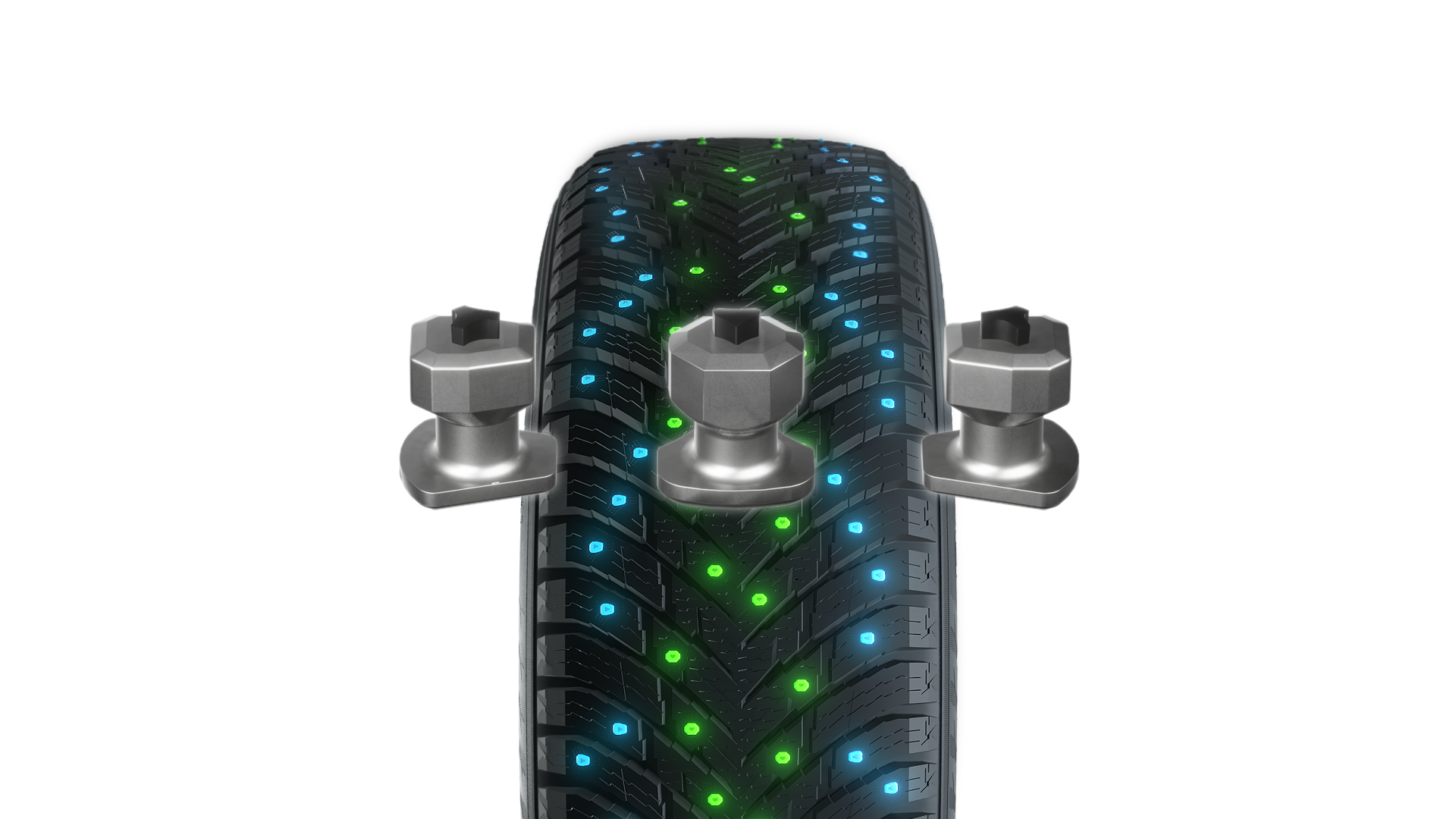To have a tight timetable and be stressed is not a good starting point for driving, especially not in winter conditions. When you drive during the winter it is important to realize that this can be dangerous, where being in a hurry can easily result in an accident. Driving should always be all about safe driving and being cautious and taking your time. Make sure that you keep adequate distance from the cars in front of you. You also need to allow for sufficient time to reach your destination, whether there is some heavy traffic or if something unexpected happens. It is extra important to keep your distance when you drive during wintertime if you have winter conditions, as the braking distance will be much longer than on dry roads in warm conditions.
Make sure that you have a good set of all-season tires for the summer season and a good set of winter tires for the winter season mounted on your vehicle. In each own way, both will help to ensure that you will have the best performance of your vehicle. Therefore, you alternate between these tires so that you best can handle the specifics of each individual season. You want to ensure that you have excellent grip on dry and wet roads with an excellent driving response during the summer season. Then for the winter you want to make sure that you have superior grip on slippery roads filled with ice and snow and still have excellent driving response on cold and dry roads.
For tire options for the winter season, you have both studded or non-studded winter and snow tire options, that is if they are allowed in your state or province. You also have the all-weather tires, a hybrid of summer and winter tires that can be approved for winter use and then have the 3PMSF-symbol on its sidewall. As long as they are approved for winter use, they will give you good performance on winter surfaces. You still need to change to all-season tires if you have winter tires unless you use all-weather tires designed for all-year-round use.
For all-season and winter tires, they are basically just created for either warm or cold seasons. This means that the rubber compound and the tread designed are specifically designed for the conditions you face during these conditions. For the summer, it is mainly wet and dry roads while they have to be able to prevent hydroplaning. For driving in winter conditions, you will need to ensure that the tires remain soft even at very low temperatures. They also must excel on surfaces such as ice and snow while also being able to prevent slushplaning when you have slushy conditions. This is very important as slush is a difficult condition to drive in and slushplanng as hydroplaning is something you want to avoid as you lose the control momentarily over your vehicle.
For more information regarding good quality tires, visit: https://www.nokiantires.com/
